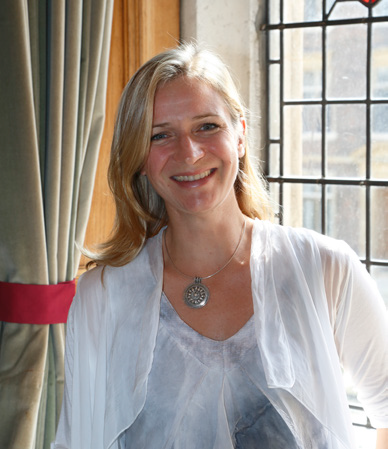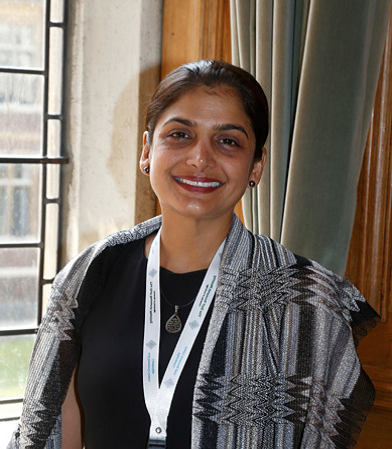The cities in the Arab Gulf are developing in a fast and unprecedented way. The vast majority of the growing population of the six Gulf Cooperation Council (GCC) countries are concentrated in these cities. While they are a focal point for immigration, they are unique spaces and places on various other levels, too: In many cases the Arab Gulf cities represent the exclusive political and economic centres of their countries; they consume a vast amount of energy; they have surpassed other Arab cities in their size and scale; their exponential growth is driven by diminishing fossil resources and, therefore, they have realised the urgent need to adopt sustainable development policies. 2 These and many other challenges play out in a limited urban territory. Urban Space is the playground for various actors to engage in this ongoing process of transformation; likewise, it is an important common denominator for territorial processes of political and social scale. Since these developments are increasingly interconnected, urban phenomena have repercussions on regional levels. Gearing them towards sustainability would contribute to stability and prosperity in the Gulf region. Urban and regional development policies need to be developed on the basis of GCC-wide recommendations. Understanding the urban dynamics of the Arab Gulf cities through the perspective of changing spatial practices contributes to the interdisciplinary development of Gulf Studies and becomes key for a holistic understanding of the GCC states
3 DAYS / 12 Workshops
MORE THAN 300 ACADEMIC PAPERS
Due to the rapid modernisation and urbanisation process after the oil discovery in the late
1960s, cities in the Arab Gulf have become the centres of economic activities and
globalised societies. The sheer quantitative importance of cities as main areas of
habitation in the Gulf region can be seen in the remarkable urbanisation rates, ranging
from 89 to 98 per cent in 2015, according to UN Habitat estimations (2012).
In addition, from a qualitative perspective, the Arab Gulf cities represent the future of the
GCC countries and societies. They accumulate strategic control and power and represent
aspirational ways of development and lifestyle, particularly for the younger generation.
This has been accompanied by considerable changes in spatial practice (mobility,
accommodation, leisure activities, consumption pattern, etc.). Cities have become the
hubs of not only economic activities, but also of people, in particular migrants, ideas,
goods, services, academic institutions, and of social development in general.
Propelled by the present economic wealth earned off revenues from depleting fossil
resources while simultaneously aiming to meet the needs of a growing population, Arab
Gulf cities face major challenges that play out within confined urban territories. The
concept of urban sustainability (understood as the interplay of social, economic,
ecological and political dimensions within urban spaces) and its application to Arab Gulf
cities will be examined and developed within the scope of this workshop. The GCC cities
are currently in the process of transition from being in unsustainable (and in some cases
uncontrolled) phases of rapid expansion towards a stable and hopefully more sustainable
phase in the near future. The form of this transition has yet to be decided and the success
or failure of the Arab Gulf cities is the key to success or failure of the Gulf States.
The aim of this workshop is to develop a new framework for ‘Arab Gulf Cities in
Transition’ by examining the interdependencies between the dynamic fields of Urban
3
Space, Urban Politics, and Urban Society. This tripartite interdisciplinary concept
simultaneously examines spatial, political, and societal dynamics. A ‘spatial turn’ is
necessary to understand the cities and the Arab Gulf region (GCC) as a whole.


